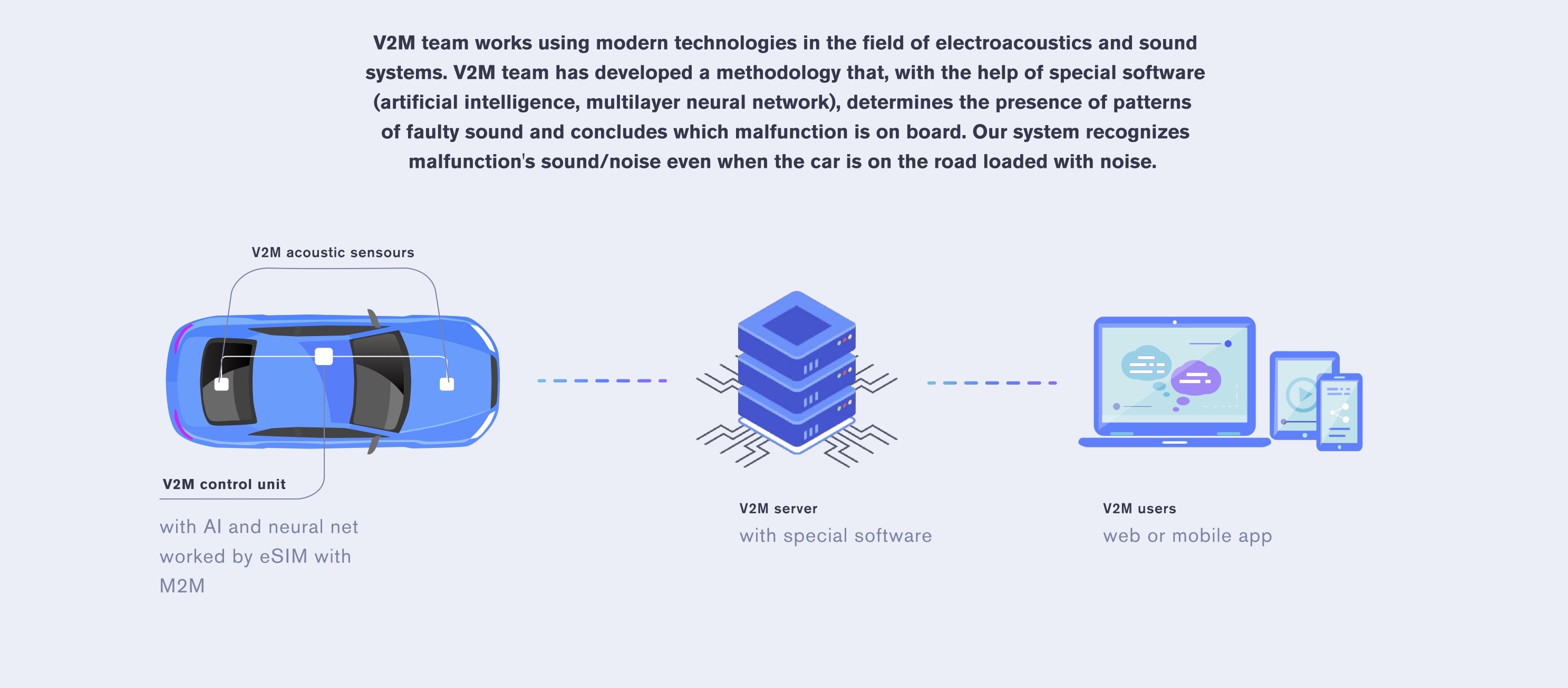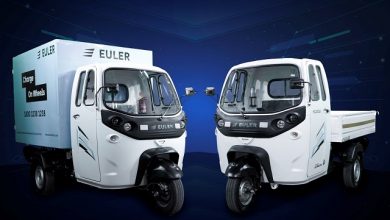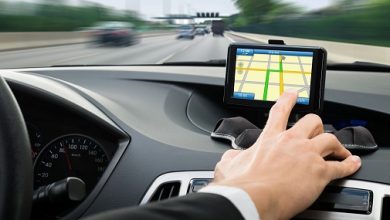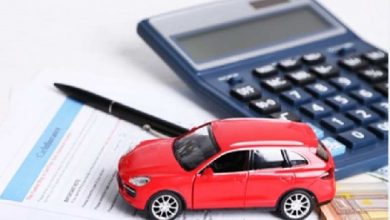Acoustic based vehicle diagnostic system

V2M makes cars to hear the sound of a malfunction and determine what exactly the problem is. The main idea behind this project was to increase safety on the roads. The company is already developing a scoring model that will be able to predict potential malfunctions by the sound of the car. Telematics Wire explores more about this new technology with its founder Petr Bakulov.
How did the idea of analyzing vehicle sounds to diagnose problems come about?
I began my career with cars as a dealership mechanic. For many years, I’ve worked as a warranty engineer, master consultant, and service manager. I gained a lot of experience and comprehensive insight into how a vehicle should work in addition to education in automotive service and repair and academic education up to the Ph.D. level. My Ph.D. research was on an app that could replace a vehicle maintenance consultant for some steps. I’d gained so much experience that no uncommon sound could escape me. So, I thought maybe I could diagnose many malfunctions from the sounds made by the car, and maybe I could build a system that would do it for me.
About 2% of accidents are related to vehicle malfunctions. That’s quite a lot. Police officers do not always record vehicle malfunction as the main reason for an accident. It is likely to be drunk driving, speeding, or another violation, but the vehicle may also be defective. Essentially, we don’t know which factor was the deciding one in the accident. If we accept this cause, we can save a lot of lives on the road.
Despite modern technology, cars are still unable to recognize whether something has gone wrong with their performance. If a bearing or wheel is out of order, there is no indication until the problem worsens, which is hardly ideal for safety and efficiency on the road. Our innovative solution enhances existing on-board diagnostics by filling this gap: it enables vehicles to “hear” these noises and stay safe on the road.
V2M Inc. was established in 2021 after nine years of research, patents, and validation of ideas via research papers. What has V2M’s journey been like over the last two years?
V2M has used its decades of international expertise in automotive sound analysis to develop a revolutionary platform capable of detecting any on-board fault. To achieve this, V2M has leveraged both the physical and physiological nature of sound—waves with complex sensations that are heard by human ears.
Our goal was to replace human hearing when diagnosing malfunctions in vehicles. We developed and patented a unique hardware–software system that uniquely uses the sounds of cars as an acoustic diagnostic parameter. When this breakthrough technology is used, each car leaves behind its own distinct audio mark that can be used to detect faults.
To be honest, the last year has been amazing. The results that we got in the lab were very satisfactory and confirmed that we could detect malfunctions by their sounds. Our theory has been proven to work completely. So, we have our first working prototype.
Can you tell us more about these acoustic sensors in the V2M device?
Sure. We began our case studies with six sensors, but now we work with up to three, which is the golden mean. Each sensor uses digital microphones connected to a control module. The control module works with special software that can analyze what type of on-board malfunction we have. This advanced program leverages deep neural networks to identify defects embedded in sound waves to detect vehicle malfunctions quickly and accurately.
By analyzing the car’s acoustic trace, our team discovered a new way to find faults in vehicles. We were able to detect even the slightest abnormal sounds and malfunctions. We have achieved truly remarkable results that can help keep vehicles running safely.
Finally, the V2M system’s control module uses embedded SIM and M2M technology to send data packets containing vehicle ID information. These telematic transmissions are secure and enable real-time tracking of a car’s performance information. The V2M generates data that can be used on the customer’s side. For example, besides working with telematics ourselves, we can provide data on the dashboard or aggregate data to the customer.
V2M device includes system-on-a-chip (SoC) with a set of interface inputs (Inter-Integrated Circuit (I2C), I2S, CAN,Ethernet). All of that provides power, collects information from sensors and combines data. It’s important to mention that our device has a microprocessor with a neural network coprocessor and a eSIM card (optional), so the car not only gets diagnosed almost in real time but also could collect and send needed information. On the MVP stage some set-ups could be changed.
Will the acoustic sensors or V2M device be available as aftermarket products?
The best approach is to use V2M as a top-of-the-line addition to modern on-board diagnostic systems that are factory installed. We focus on safety and comfort, and being part of a self-diagnostic system is the best way to achieve these goals.

How successful has fault diagnosis been in EVs (Tesla)? Any diagnostic percentage numbers?
The company has installed the prototype in the world’s most sought-after electric car, the Tesla Model 3 Standard Range Plus. Our results are coming in, and they’re good. The accuracy is between 88% and 98%. We are now testing an advanced algorithm that will make it possible for V2M to be error free. Our next step is purchasing two vehicles with internal combustion engines and one hybrid vehicle for testing purposes to show that V2M is equally suitable for every type of car and engine.
Do you have any analyses that compare V2M with existing diagnostic tools?
There is no good sound analysis in cars. There are some special tools at dealerships, but they’re not our competition, because those tools work with a service, not on board. You would need the driver to detect uncommon sounds and make an appointment. V2M works instead of the driver.
By streamlining the diagnostic process, we can make life easier for service staff and save customers money. It’s a win–win situation because dealerships are afforded extra time to focus on other services rather than diagnostics that take up an abundance of resources without yielding much profit.
Sound recognition technology can also enable cars to provide suggestions on how best to address any given problem and provide an estimate of the cost to repair it. This level of automation enables faster diagnosis and repair and not only significantly reduces overall repair time but also cuts down labor costs.
Do you think the success with Tesla can be replicated with other EVs?
Absolutely, not only with EVs but for the all-car market. Our software is good at learning new data and working with all types of vehicles. The global market is running on us today. A lot of the parts in different cars are quite similar. You drive a Mercedes, and your friend drives a Volvo, but you both have the same alternator. And it’s obvious that if it breaks down, the sounds will be similar.
Furthermore, we’re exploring the installation of our solution on machinery.
V2M is not just an app but a method we’ve devised. We’re looking for partners for a pilot project. We’re working with some car manufacturers and looking for the best way for us to proceed.
You’ll be testing your product on internal combustion vehicles and hybrid vehicles. What are the challenges you see in replicating your success with EVs in internal combustion vehicles?
The two challenges I see are that cars with internal combustion engines are multiple times louder than EVs and have more parts, more breakdowns, and more malfunctions.
Do you have any operations or sales offices in India, South Asia, or the Asia-Pacific region or any plans for them in the near future? Are you looking for partners in these regions to advance your work with Tier 1 automakers?
At the moment, we’re in the process of looking for investors and partners for a pilot project. In India, we see the potential to install our solution on machinery. As a whole, the Asian market is a promising and powerful one for us. We believe that our solution will be in demand here and will advance to a new stage of development.
More about the expert- Petr Bakulov, Founder, V2M Inc.

Petr Bakulov is a high-tech systems scientist, entrepreneur. He was Associate at Department of Transport Telematics and Lecturer in the Basics of Vehicle Management Automation. His research spans from automotive engineering (with a focus on vehicle management automation) to detection of car malfunctions by the sound the car is making. He is most known for his work in the field of Acoustic Fault Trace as a Diagnostic Parameter of Modern Vehicles at Scopus.
Bakulov is a founder of V2M https://v2minc.com




